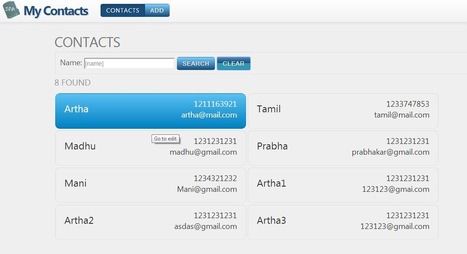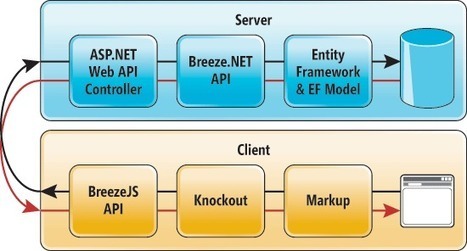Getting started with AngularJS is smooth sailing. But once you master the basics, you begin to realize there are things you wish you knew before you started. This session shares 10 such tips that go beyond the fundamentals.
I demonstrate how I build end-to-end apps using AngularJS and BreezeJS on the ASP.NET platform. We explore how to manage multiple screens, maintain clean code with popular patterns, implement CRUD, perform robust HTML validation, and use local storage for saving work in progress.




 Your new post is loading...
Your new post is loading...














